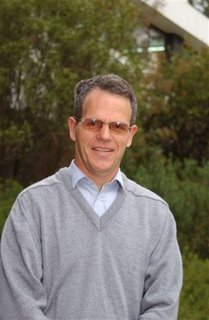“Soil Fertility Management – Towards Sustainable Farming Systems and Landscapes” by Dr Maarten Stapper CSIRO

In a nutshell: Soil fertility is the capacity to receive, store and transmit energy to support plant growth. These processes require healthy soils – living, self-organising systems with physical, chemical and biological components all functioning and in balance. Continuous use of acidic or salty synthetic fertilisers, insecticides, fungicides and herbicides disrupts this delicate balance. Organic Farming has recognised this, but needs to follow its leaders to active soil fertility management. Carbon, in particular, is of critical importance and needs to be maximised through capture with solar energy through photosynthesis by green plants, and optimum storage and use in the soil. Before we can hope to improve systems, however, we need to understand (1) why they are the way they are, and then (2) how science and practice can help to actively manage soil biology to improve and maintain soil fertility, and achieve more sustainable, healthy and productive farming systems – even on our fragile Australian soils in a highly variable and changing climate.
..........
The road to sustainability: In most districts today, there are properties applying sustainable practices as outlined above. These practices have been achieved with persistence by the manager – through trial and error, under financial pressure, and on fragile soils in our highly variable climate. It is now the task of science, using participatory research, to connect up these ‘dots’ in the landscape using appropriate concepts and principles. A typical agricultural manager is both time poor and cash poor – thereby, of necessity, readily following advise from (trusted) outsiders. Action research is needed to develop indicators that conceptualise farmer knowledge of natural resource management. This, in turn, will feed the required information-exchange networks, allowing knowledge to be transferred in time and space to achieve and maintain soil health, optimise production and minimise risk to achieving profitable farms in sustainable rural communities.
*The full paper can be found in the LIBRARY section of this Blog, titled "Stapper on Soil Fertility"





No comments:
Post a Comment